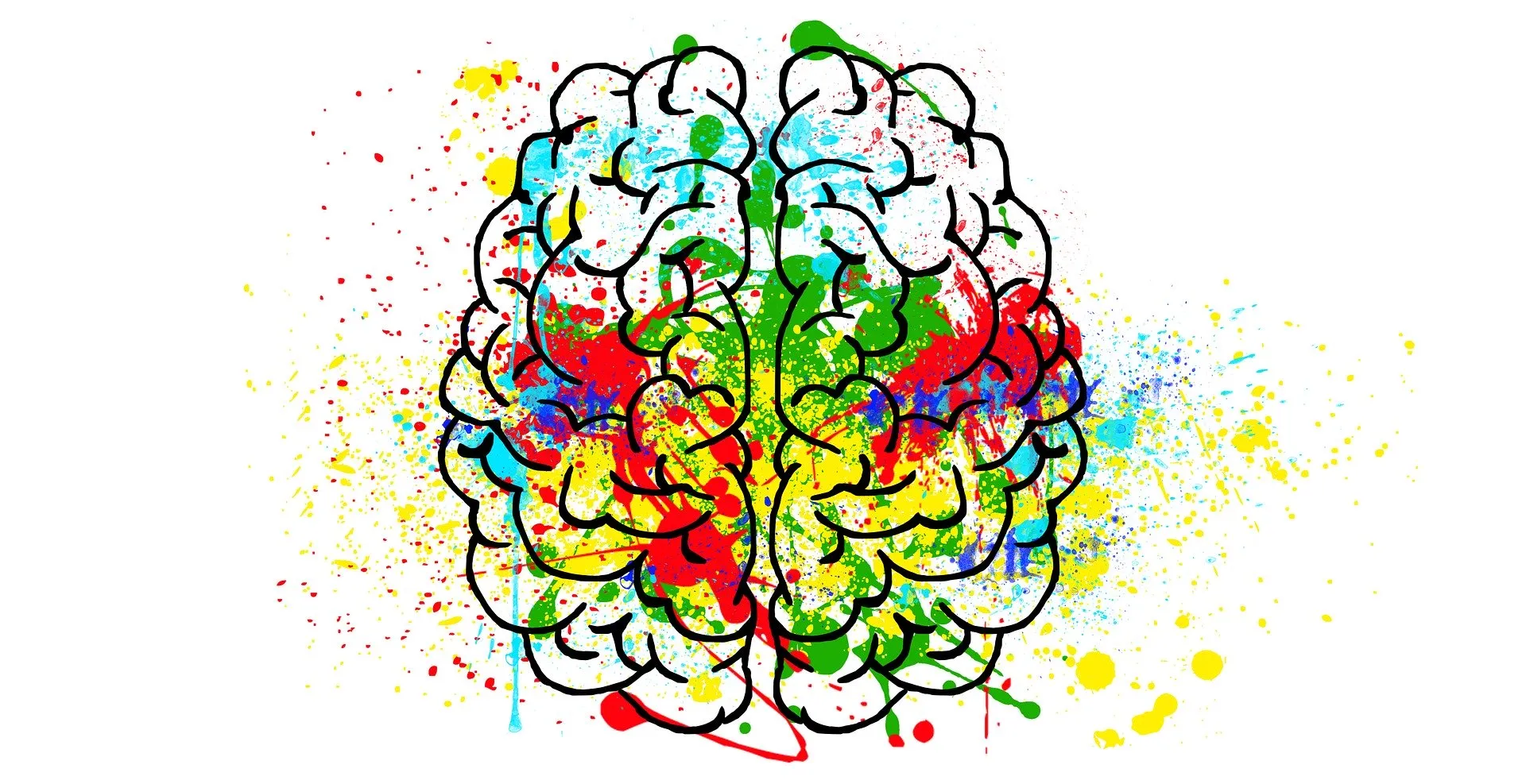Fluorescent Dye for Protein Labeling: A Bright Future in Biomedical Research
Protein labeling with fluorescent dyes is a powerful and versatile technique used in various fields, including biochemistry, molecular biology, and medical diagnostics. This method enables researchers to visualize and study proteins in real time within complex biological systems. By attaching fluorescent dyes to proteins, scientists can track cellular processes, investigate protein interactions, and explore the dynamics of cellular functions.
Understanding Protein Labeling
Protein labeling involves the incorporation of a fluorescent dye into a protein of interest. This process can be achieved through various techniques, including chemical conjugation, genetic fusion, or tagging with specific probes. The choice of labeling method often depends on the protein characteristics and the intended application.
The fluorescent dye emits light at specific wavelengths when excited by an appropriate light source. Different dyes have unique spectral properties, allowing multiple proteins to be labeled simultaneously using different colors. This multiplexing capability is invaluable for studying complex interactions in cells or tissues.
Common Fluorescent Dyes
Several fluorescent dyes are commonly used for protein labeling, each with its advantages and limitations:
Fluorescein: This is one of the most widely used fluorescent dyes. It has a bright green emission and is highly sensitive. However, it can be affected by pH and environmental conditions.
Rhodamine: Known for its photostability and brightness, rhodamine dyes emit red light and are frequently used in immunofluorescence microscopy.
CyDyes: Cy5 and Cy3 are part of a family of dyes that are often used for labeling proteins in experiments requiring multiplexing. They show outstanding stability and various spectral properties.
Alexa Fluor Dyes: These are highly photostable and come in various colors, making them ideal for applications where long imaging times are required. They are often used in flow cytometry and fluorescence microscopy.
Applications in Research
Fluorescent protein labeling has transformed our understanding of cellular processes. Some key applications include:
Live-Cell Imaging: Researchers can monitor protein dynamics in live cells by using fluorescently tagged proteins. This helps elucidate the role of specific proteins in cellular functions, such as signal transduction, gene expression, and cell division.
Protein-Protein Interactions: Using techniques like fluorescence resonance energy transfer (FRET), scientists can study interactions between proteins in real time. When two proteins are in close proximity, energy is transferred from one fluorescent dye to another, allowing researchers to quantify interactions in living cells.
Targeted Drug Delivery: In drug development, fluorescent labeling can help track the distribution and localization of protein-targeting therapeutics, providing insights into their efficacy and mechanisms.
Diagnostics and Biomarkers: Fluorescent dyes are also used in clinical applications to detect specific proteins associated with diseases. This approach enhances diagnostic accuracy and aids in the discovery of new biomarkers for early disease detection.
Challenges and Considerations
While fluorescent dye labeling is a powerful tool, it also presents challenges. Researchers must consider factors such as the dye's photostability, potential quenching, non-specific binding, and the compatibility of dyes with the biological system under study. Additionally, it is crucial to optimize the labeling procedure to maintain the functionality of the protein, ensuring that the results accurately reflect biological conditions.
Conclusion
Fluorescent dye labeling of proteins has revolutionized the life sciences by enabling real-time visualization and analysis of complex biological processes. As advancements in fluorescent dye technology continue, researchers will be better equipped to unravel the complexities of cellular functions, paving the way for new discoveries in biology and medicine. The bright future of this technique promises significant contributions to understanding health, disease, and therapeutic interventions.
What's Your Reaction?


















.jpg)